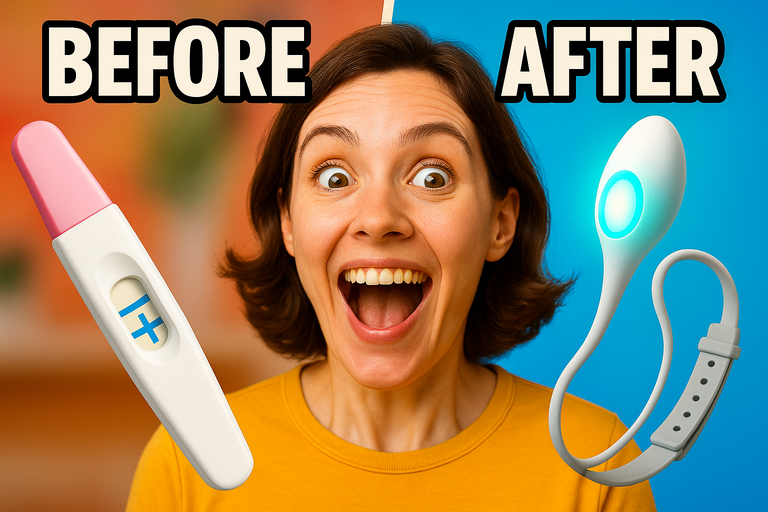
Imagine this: You’re ready to start or grow your family. You’ve got hope, determination, and maybe a little anxiety swirling in your chest. But then you hit an unexpected roadblock—one that’s not medical, but systemic. For millions living with disabilities, this isn’t just a hypothetical. It’s real, and it’s daily.
But here’s the jaw-dropping news making waves right now: on May 30th, House Democrats introduced Resolution 453 to recognize "Disability Reproductive Equity Day" (source). With the national stage set for tax debates and policy shifts, this quietly powerful resolution could change how America understands reproductive health—and who truly has access to it.
The Unseen Barriers to Parenthood
Let’s get real. While we’re all talking about nutrition, ovulation tracking, and mindfulness, many folks—especially those with disabilities—are facing entirely different challenges:
- Physical inaccessibility: Clinics may not be equipped for all bodies.
- Financial hurdles: The cost of fertility treatment can be overwhelming.
- Social stigma: Outdated assumptions about disability and parenthood persist.
And worst of all? These barriers often go unnoticed in mainstream conversations about fertility.
Why Disability Reproductive Equity Day Matters
You might wonder: “Is designating a single day really going to make a difference?”
Here’s the truth: Awareness days are catalysts. They put marginalized experiences front and center, forcing policymakers and the public alike to consider whose voices are missing and whose dreams are being denied.
Resolution 453 isn’t just symbolic. It’s a call to action for: - Health equity across all identities - Removing discriminatory insurance policies - Funding accessible reproductive services
These changes don’t just make the process “fair”—they make it possible for people who have always been told “no.”
At-Home Solutions: Leveling the Playing Field
This is where the landscape is evolving in surprising, even hopeful, ways. Thanks to advances in at-home fertility technology, many barriers are being chipped away—not by government, but by innovation.
At-home insemination kits, like the ones developed by companies such as MakeAMom’s thoughtfully designed solutions, are empowering people to take charge of their conception journey. Let’s break down how these kits are closing the gap:
- Accessibility: No need to navigate inaccessible clinics. The process happens at home, at your own pace.
- Affordability: Reusable kits offer a sustainable alternative to costly, one-time-use procedures.
- Privacy & Comfort: Packaging is discreet, the instructions are clear, and users never have to worry about feeling exposed or judged.
- Customization: Kits like the CryoBaby (for low-volume/frozen sperm), Impregnator (for low motility), and BabyMaker (for those with conditions like vaginismus) acknowledge that no two journeys are identical.
Real People, Real Success
Let’s talk results. According to MakeAMom, their at-home insemination systems boast an average success rate of 67%. That means for many, dreams of parenthood aren’t just possible—they’re probable.
But why does this matter in light of Disability Reproductive Equity Day?
Because technology, when paired with policy, can be revolutionary. The more we advocate for accessible solutions and challenge outdated prejudices, the more likely it is that truly inclusive options will become the norm.
What Can You Do Next?
Here’s your action plan, whether you’re facing these challenges personally or want to be an ally:
- Get Informed: Learn about the ongoing fight for reproductive equity. Read up on initiatives like Disability Reproductive Equity Day.
- Explore Accessible Options: If you or someone you know is on a conception journey with unique needs, check out companies prioritizing inclusivity and innovation.
- Speak Up: Share this post, talk to your representatives, and push for insurance and clinic reforms.
- Support Each Other: Join or build support networks online and offline. You’re never alone in this.
The Bottom Line
The fight for family-building equality is finally on the national radar. Disability Reproductive Equity Day is more than a date on the calendar—it’s a rallying cry for systemic change. And with forward-thinking solutions like at-home insemination kits, we’re one step closer to a future where everyone has a seat at the family table.
Are you ready to join the movement? Share your thoughts below, and let’s keep the momentum growing!